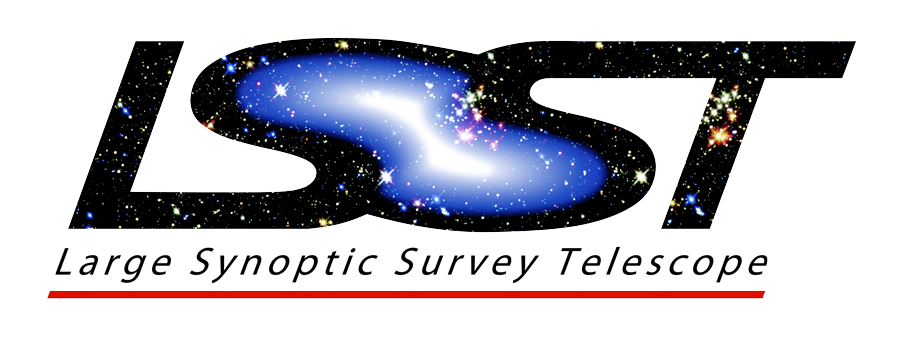Survey Options 1 Exposure Times and Visit Counts
Standard visits:The baseline assumption for the number of images per visit has for a long time been 2 (each of 15 seconds), motivated by the need to have 2 visits to detect and suppress cosmic rays. There have been rumors that this might be changed to 1 image per visit. If this option is under consideration, it would be valuable to have the case for a change presented and documented, with an opportunity for the community to review the tradeoffs. For example, it has been unclear whether or not image changes between the two snapshots during a visit could be compared for extraction of time variability information. Discussion could bring out interesting considerations.
Non-standard visits: Considerations of detector read noise have shown that u depth could be somewhat improved with longer u-band exposures. Several science cases favor greater depth in u. Of course, for equal total exposure time, deeper u-band exposures trades against total number of u-band exposures. It would be valuable to have the case for longer u-band exposures (with the trades) presented for discussion with respect to the science disciplines impacted.
Survey Uniformity in single stacked images: observing conditions will be highly variable - whta steps can/should be taken to provide uniform dataa quality across the sky? For example, a possibility is Variable Exposure Time: It is perfectly feasible to employ variable exposure times for LSST visits, in order to equalize the depths of visits. This trades against the total number of visits. Of course, depth is only one parameter of a visit, with image PSF also of great importance.
Trading survey area against numbr of visits: While the number of LSST visits per field is broadly constrained by the key science cases, it is still an adjustable parameter available for optimization of the science program. It has been suggested that some high priority science would benefit from an increase in the total survey area, with a corresponding decrease in the total number of visits per field. it would be valuable to hear from proponents of such an increase in total survey area, with review of relevant simulations, and discussion of the impact of the implied compromises.
Please contact Steve Ridgway (ridgway@noao.edu) if you would like to contribute or suggest additional topics.
Owing to conflicts, participants may come and go, and the agenda topics, and contributions, may blur over both sessions.
Contributors identified so far:
DESC cadence needs (Dan Scolnic, Humna Awan)
1 vs 2 image visits (Chris Stubbs)
Strong Lensing (Phil Marshall, Aprajita Verma, ....)
Galaxies (Eric Gawiser)
Simulations for cadence options (Lynn Jones, Owen Boberg, Tiago Ribiero)
Rolling cadences (Peter Yoachim)
Solar system cadences (David Trilling, Henry Hsieh)
AGN (Gordon Richards, Neil Brandt)
Intelligent exposures, dithering (Tony Tyson)
Dwarf galaxy cadence needs (Steve Ridgway)
SN cosmology (Renée Hlozek, Nicolas Regnault)
Comments (Robert Lupton)
